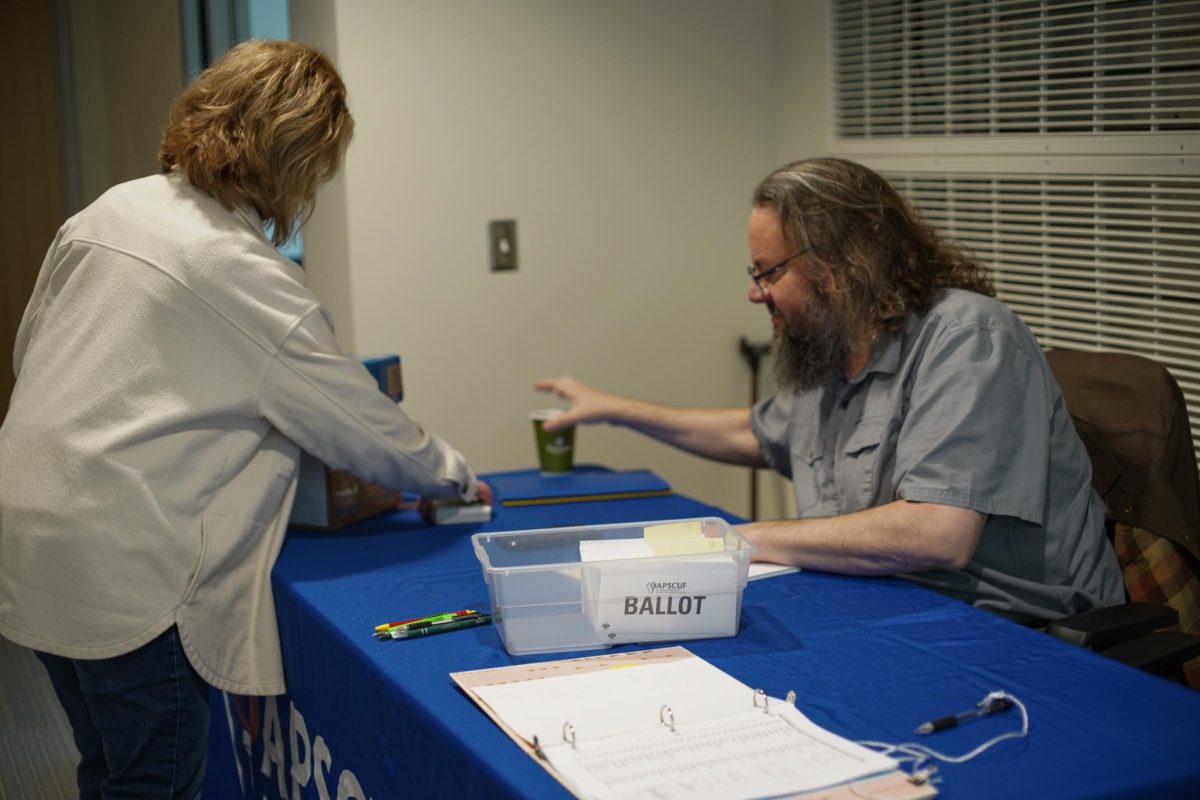In a not too common occurrence, a student at Bloomsburg University has come down with a case of the chicken pox. Due to the severe contagiousness of chicken pox, the students has been asked to remain off campus to prevent further spread the virus. In addition to the student in question, other BU students who had been in a class with them and had no immunization records on file were also asked to remain off campus for two weeks.
One of these students is Stephanie Ramos. She said, “I walked into one of my classes and my professor had to escort me out because an email was sent out saying that I wasn’t allowed to attend any of my classes.” Since being out of class in this crucial time of the semester, Ramos said, “I don’t even know how to start back up. I’m so behind.”
Nursing supervisor Suzanna Sherlinski assured this is not something that can be spread throughout campus like the Bloomsburg Plague that haunts students every year, where it seems that 90 percent of the student body is sick at any given time. The procedure to be followed ensures that the affected student be removed from campus as to not affect others. “As long as the Student Health Center follows the guidelines and recommendations from the Pennsylvania Department of Health on how to proceed if a student has a confirmed case of chickenpox, the chances of spread on campus should be significantly reduced,” said Sherlinkski. “Any student with a confirmed case of chickenpox is asked to leave the campus until a physician releases them to return. This action helps to prevent the spread.” However, she also noted the only way to actively prevent this virus is to be immunized.
Many people get immunized when they are younger, generally before they begin elementary school. The symptoms of chicken pox are usually noticeable and quite irritating. “ The classic symptom of chickenpox is a rash that turns into itchy, fluid-filled blisters that eventually turn into scabs. The rash may first show up on the face, chest and back then spread to the rest of the body, including inside the mouth, eyelids or genital area. It usually takes about one week for all the blisters to become scabs. Other typical symptoms that may begin to appear one to two days before rash include: fever, tiredness, loss of appetite and headache.
If a student develops symptoms of chickenpox, they need to see a health provider immediately.” Sherlinski noted how important it is for students to be aware of and check the student portals on the Health Center’s webpage. On this portal, students can keep up to date with their health and immunization history which can better help the health center and students when it comes to viruses, such like the chicken pox, show up on campus.























